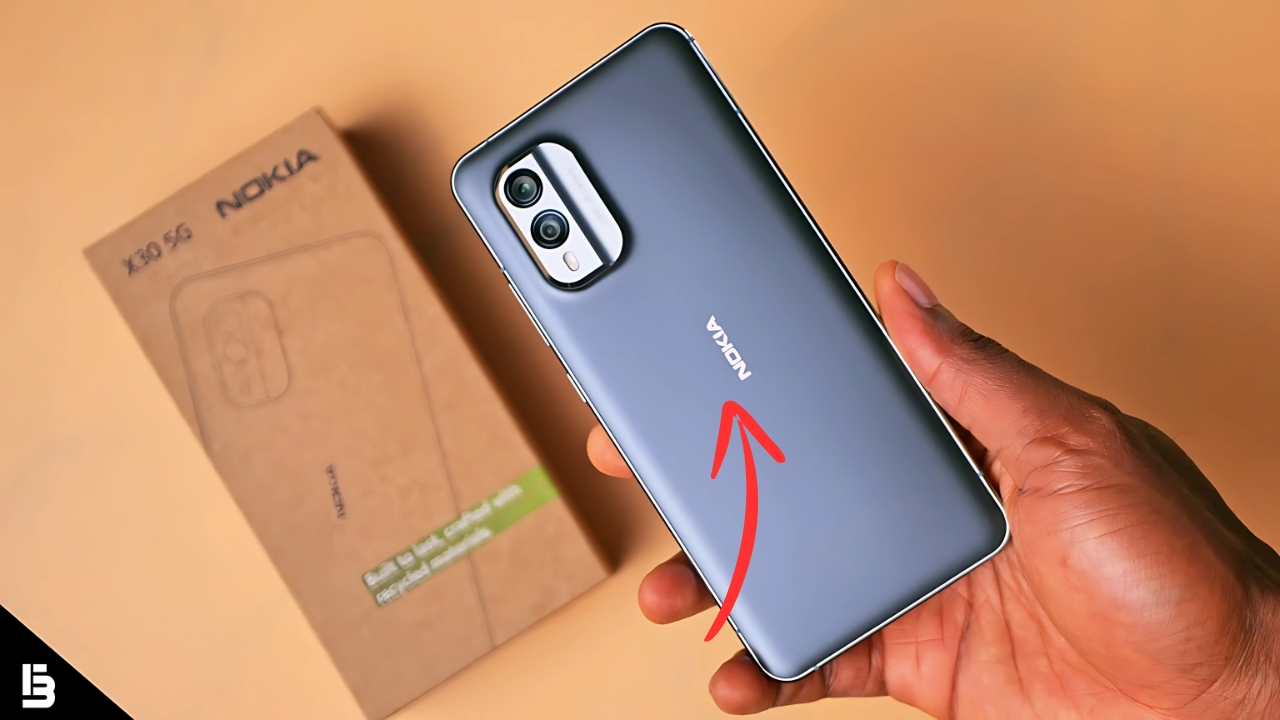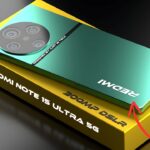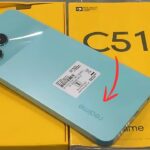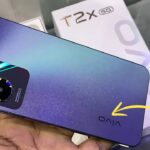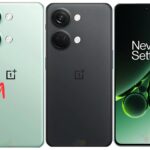Nokia X30 5G: The smartphone industry’s relentless pursuit of specification improvements has created a market where environmental considerations often take a backseat to annual upgrade cycles and marketing-driven feature additions.
The Nokia X30 5G represents a refreshing departure from this approach, prioritizing sustainability and longevity alongside performance rather than chasing specification extremes.
Having used this device as my daily driver for nearly a month, I’ve developed nuanced impressions about where its distinct philosophy succeeds and where compromises become apparent.
Nokia X30 5G: Sustainability Focus: Genuine Commitment
The X30’s environmental credentials extend far beyond marketing buzzwords to incorporate meaningful material choices and design decisions.
The frame utilizes 100% recycled aluminum, while the back panel incorporates 65% recycled plastic – choices that substantially reduce the device’s carbon footprint compared to conventional manufacturing approaches.
More impressively, these recycled materials demonstrate no perceptible quality compromise, with the frame providing excellent structural rigidity and the matte-finished back offering pleasing tactile qualities while effectively resisting fingerprints.
The sustainability commitment extends to packaging, which eliminates plastic components in favor of recycled paper products, and even to the device lifecycle through an extended three-year warranty and promised software support – acknowledgments that the most environmentally friendly phone is one that remains in use rather than being replaced.
This environmental focus creates meaningful differentiation in a market segment where devices increasingly resemble each other in both specification and design.
For environmentally conscious consumers, these considerations may prove as compelling as traditional performance metrics – a calculation Nokia appears to be banking on.
Design Execution: Understated Sophistication
The X30 embraces a design language best described as understated sophistication. The “Cloudy Blue” variant I tested features subtle color shifts under different lighting conditions, creating visual interest without flashy elements or unnecessary embellishments.
At 8mm thick and weighing 185 grams, the device strikes a comfortable balance between substantiality and manageable heft.
The flat aluminum frame incorporates gently rounded corners that enhance hand-feel during extended use, while the flat display with symmetrical bezels creates a clean, harmonious front appearance.
The circular camera housing on the rear introduces a distinctive design element without excessive protrusion, allowing the phone to rest relatively flat when placed on surfaces.
Perhaps most impressive is the IP67 dust and water resistance – a practical feature that enhances everyday durability without requiring additional protective cases.
his weather sealing demonstrates Nokia’s focus on longevity alongside sustainability, creating a device designed to withstand the rigors of extended ownership.
Display Experience: Balanced Priorities
The 6.43-inch AMOLED panel represents one of the X30’s clearer strengths. This 1080 × 2400 resolution display delivers excellent color accuracy in “Natural” mode, while “Vivid” provides increased saturation without venturing into the cartoonish territory some competitors occupy.
The 90Hz refresh rate offers noticeably smoother scrolling than standard 60Hz displays while balancing fluidity with power efficiency – a sensible compromise for a device emphasizing battery longevity.
Maximum brightness reaches approximately 700 nits in high brightness mode, ensuring good visibility even under direct sunlight – a capability enhanced by the effective anti-reflective coating.
The flat implementation avoids the accidental touch issues sometimes associated with curved alternatives, while Gorilla Glass Victus provides impressive scratch resistance during daily use.
Color rendering deserves particular mention, with excellent calibration in the default profile that creates natural-looking images without the excessive vibrancy that can make prolonged viewing fatiguing.
The panel’s contrast and black levels demonstrate the inherent advantages of OLED technology, creating impressive visual depth particularly noticeable during media consumption.
Performance Philosophy: Efficiency Over Extremes
Powered by Qualcomm’s Snapdragon 695 processor, the X30 embraces a performance philosophy that prioritizes efficiency and reliability over benchmark supremacy.
This 6nm chipset delivers consistent performance for everyday tasks while maintaining excellent thermal characteristics and power efficiency.
The 8GB RAM and 256GB storage configuration in my test unit provided comfortable headroom for typical usage patterns without unnecessary excess.
In practical terms, the device handles messaging, social media browsing, video consumption, and productivity applications without hesitation. Apps launch promptly, system navigation remains fluid, and switching between recent applications occurs without disruptive reloads.
The clean implementation of near-stock Android contributes significantly to this consistent performance, avoiding the overhead sometimes created by heavier customization layers.
Gaming capabilities reflect the mid-range positioning, with titles like PUBG Mobile and Call of Duty Mobile running smoothly at medium settings, though more demanding games require graphical compromises to maintain playable frame rates.
The thermal management impresses during extended sessions, with minimal warmth even during sustained workloads – contributing to both comfort during use and long-term component longevity.
Camera System: Focused Implementation
The camera array combines a 50MP primary sensor with optical image stabilization and a 13MP ultrawide lens – a focused approach that prioritizes quality over quantity.
This dual-camera implementation avoids the questionable-utility macro and depth sensors often included primarily for marketing purposes, instead concentrating resources on delivering two genuinely useful perspectives.
In favorable lighting, the main camera captures detailed images with natural color reproduction that avoids the excessive processing found in many competitors.
Dynamic range proves impressively capable, retaining both highlight and shadow detail in challenging scenes.
The ultrawide maintains reasonable consistency with the main sensor – an area where even premium devices sometimes falter – while providing a genuinely useful 120° field of view with effective distortion correction.
Low-light performance reveals the limitations of the mid-range positioning most clearly. While the night mode produces usable images through computational photography, results lack the detail and clarity achieved by flagship devices with larger sensors and more sophisticated processing.
This compromise feels appropriate given the device’s focus and price positioning, providing adequate capability for occasional low-light shooting without attempting to match devices costing significantly more.
Software Experience: Clean Simplicity
The near-stock Android implementation represents another area where Nokia’s approach differs from many competitors. Rather than layering heavy customization or including numerous preinstalled applications, the X30 offers a clean, intuitive interface that closely resembles Google’s vision for Android.
ct performance or battery life.
Nokia’s promise of three years of OS updates and monthly security patches for four years enhances the device’s longevity proposition – a commitment that aligns perfectly with the sustainability focus while addressing a common concern in the mid-range segment where software support often ends prematurely.
Nokia X30 5G : Principled Alternative
The Nokia X30 5G ultimately succeeds by offering a principled alternative to the specification-focused approaches that dominate the smartphone market.
Rather than attempting to compete primarily on processing power or camera capabilities, it delivers a cohesive experience built around sustainability, longevity, and balanced performance – creating meaningful differentiation in an increasingly homogeneous market segment.
For consumers who value environmental considerations and extended device lifecycles alongside everyday usability, the X30 presents a compelling proposition that aligns technological needs with broader values.
In challenging the industry’s relentless upgrade cycles, Nokia has created not just a capable smartphone but a statement about alternative priorities in consumer technology.
